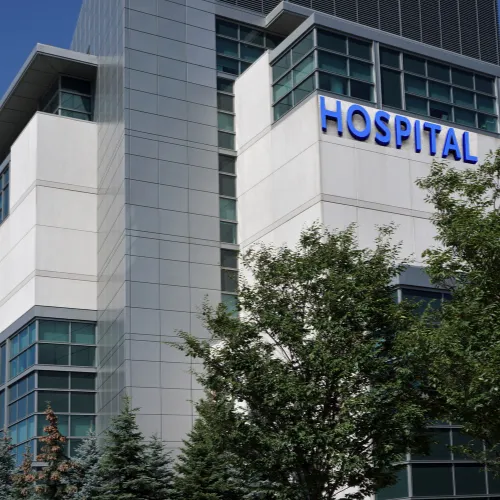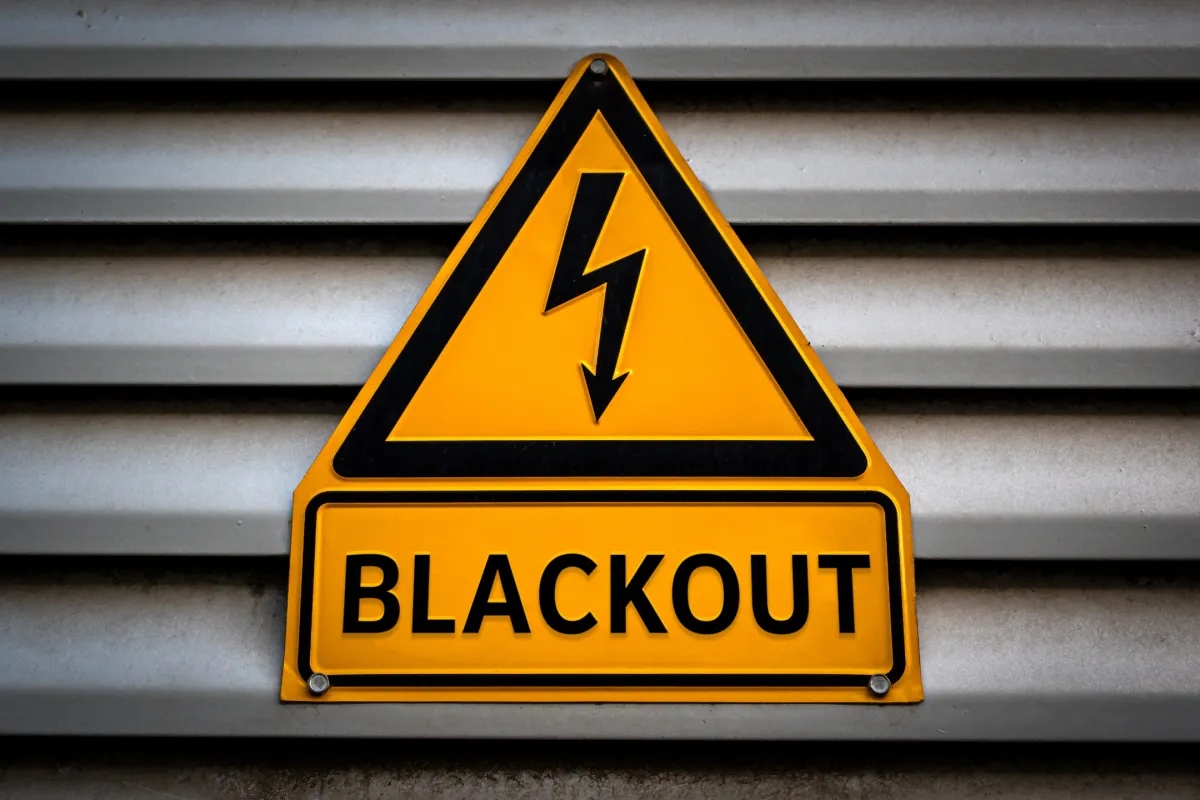PSG Energy is your strategic energy cost partner

The $1.8M Campus Energy Transformation

The Challenge: A Medical City Under Siege
A 1,500-bed hospital system sprawling across 20 acres faced an energy cost crisis that threatened patient care funding. With 12 interconnected buildings, multiple emergency backup systems, and 24/7 critical operations, their energy bills had become their third-largest expense after staffing and medical supplies.
The breaking point: Energy costs were consuming $7.2M annually - money desperately needed for patient care improvements and staff retention.
"Every dollar we overpaid on energy was a dollar we couldn't spend on patient care. We needed solutions that wouldn't compromise our life-safety systems." - CFO
The Investigation: Campus Energy Archaeology
Our comprehensive audit revealed a medical facility trapped by decades of piecemeal energy decisions. Each building addition had created new metering complexities, while gas contracts hadn't been optimized since the campus expansion began.
The metering maze: 47 separate electric meters across the campus, each with different rate structures and demand calculations.
The gas rate shock: Hospital was paying 34% more for natural gas than our industrial clients with similar consumption profiles.
The Complex Solution: Engineering Meets Finance
Challenge 1: Electric Metering Consolidation
The problem: Multiple meters created demand charge penalties and rate inefficiencies
Our solution: Engineered consolidated metering system reducing 47 meters to 12 strategic points
The innovation: Maintained individual building monitoring while optimizing rate structures
Challenge 2: Gas Rate Optimization
The problem: Hospital locked into unfavorable long-term gas contracts
Our solution: Structured 3rd party escrow account for pre-payment discounts
The breakthrough: Negotiated early contract termination with penalty offset by immediate savings
The Implementation: Zero Patient Care Disruption
Phase 1: Metering consolidation during scheduled maintenance windows
Phase 2: Gas contract restructuring with seamless transition
Phase 3: System optimization and monitoring implementation
Phase 4: Staff training on new energy management protocols
Critical requirement: All work performed with zero impact on patient care operations or life-safety systems.
The Remarkable Results
$1.8M annual savings (25% reduction across campus)
$340,000 immediate refund from corrected billing periods
Improved system reliability through consolidated monitoring
Enhanced emergency preparedness with optimized backup systems
Carbon credit opportunities under negotiation (additional $75K potential)
The Innovation: Beyond Traditional Savings
The escrow advantage: Pre-payment structure created cash flow benefits while securing lowest gas rates.
The metering breakthrough: Consolidated system provided better data for predictive maintenance and emergency planning.
The carbon bonus: Campus optimization qualified for carbon credit programs, creating additional revenue stream.
The Transformation
"PSG turned our energy costs from a budget burden into a competitive advantage. We're now the most energy-efficient hospital system in our region." - Hospital Administrator
The ripple effect: Other hospital systems in the network requested similar audits, creating system-wide optimization opportunities.
The Strategic Impact
With $1.8M in annual savings:
Patient care improvements: New equipment and technology upgrades
Staff retention: Competitive compensation packages funded by energy savings
Emergency preparedness: Enhanced backup systems and redundancy
Community benefit: Lower operating costs enabled expanded charity care programs
The Lesson
Complex healthcare facilities require complex energy solutions. Cookie-cutter approaches fail when life-safety systems and patient care are non-negotiable priorities.
Why This Case Matters:
Shows how campus-wide energy optimization requires specialized healthcare expertise
Demonstrates that patient care and energy savings aren't mutually exclusive
Proves that complex metering can be simplified without compromising operations
Illustrates how energy savings directly fund patient care improvements
Is your healthcare facility's energy complexity costing patients?








